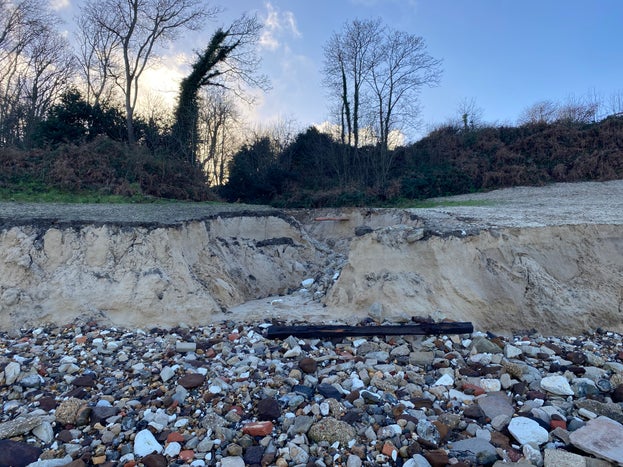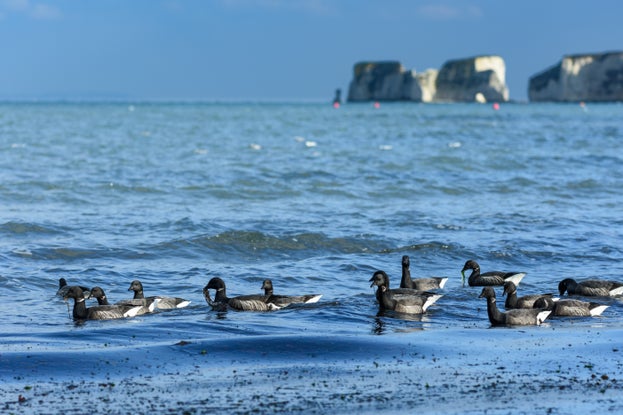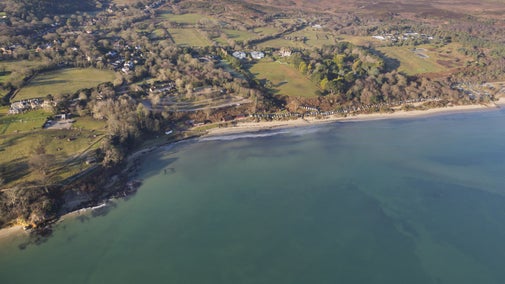January 2026
Update: Dramatic changes
New cliff and coombe
We were aware that the beach slopes would move quickly when the sea defences were removed, as the sea catches up with where it would have been if the sea defences hadn’t been there. The result is that a new sandy cliff is forming, and we have gained about one metre of height across the whole beach where sand has built up.
The cliff is being divided into two parts by a new valley made up of water run-off from the road, much like the coombe at the other end of the car park. The appearance of this will soften as vegetation regrows and in time will form a natural coombe.
These changes are exactly what we expected to happen, and the beach was kept closed in anticipation of both cliff movement and the debris that was likely to wash out.
Debris washing out
We were very aware the Middle Beach area had been used as an informal village dump for a long time before the National Trust took on ownership. Over the last 40 years, we have been clearing up this rubbish as it emerged from the cliffs.
However, we weren’t aware of the extent of the debris that had been dumped or left as previous structures fell into disuse. We are regularly clearing the plastic, glass, rusty metal and building rubble that is being washed out. Ultimately, we aim to remove all man-made items apart from the World War II structures, which will stay in situ.
The historic finds which tell more about Studland’s history and the beach’s defences in World War Two have been interesting and we are lucky to have a team of volunteers supported by archaeologists, who collect, record and preserve finds.
Staff are removing debris from the beach daily. We will assess the situation after the end of the winter storms, then decide when the beach can be safely opened to the public again.
Bonanza for birds
Since the concrete and stone defences were removed, we've seen a noticeable increase in bird life at Middle Beach. Huge, noisy flocks of dark-bellied brent geese are feeding on eelgrass in the shallows, while oystercatchers and turnstones pick through the seaweed on the foreshore looking for clams, crabs and worms.








